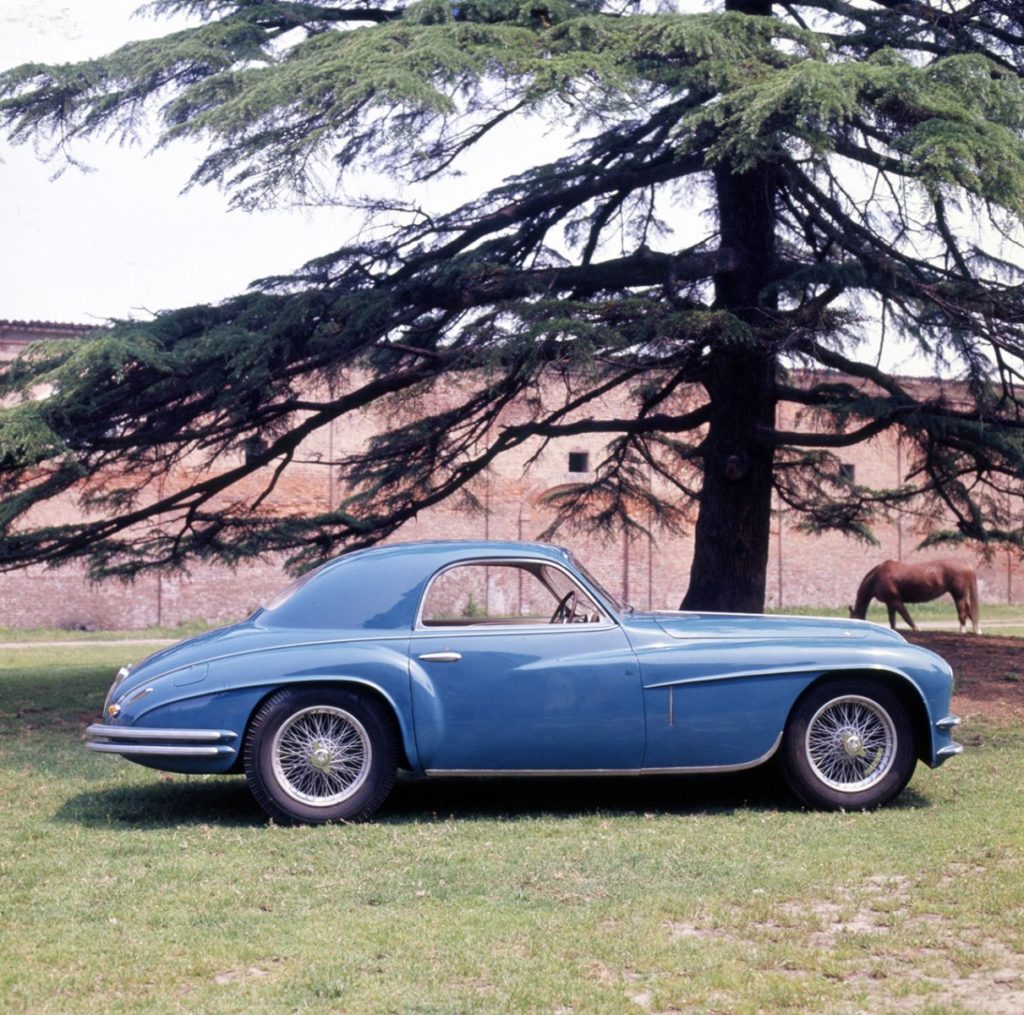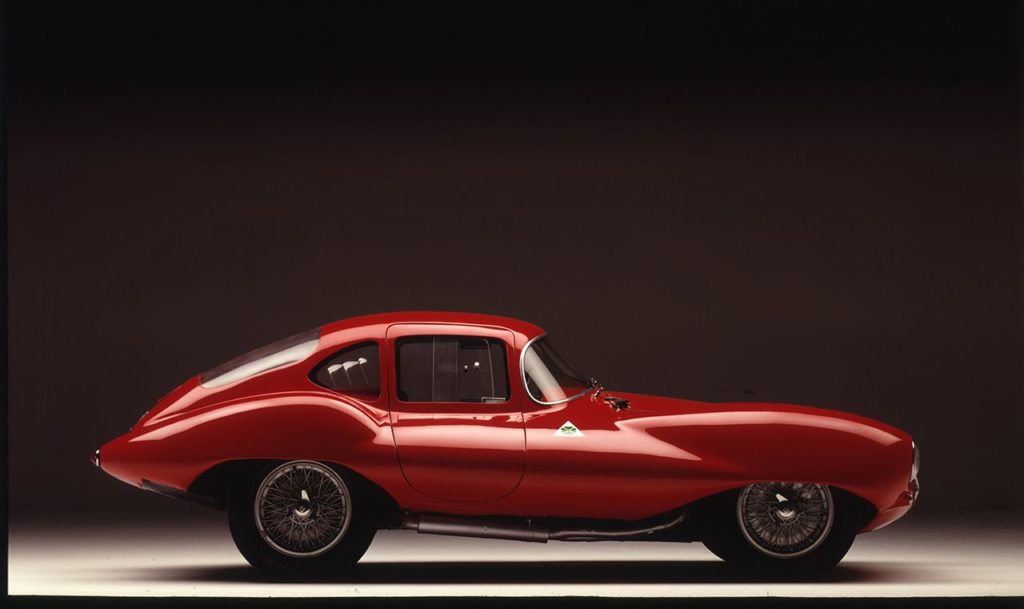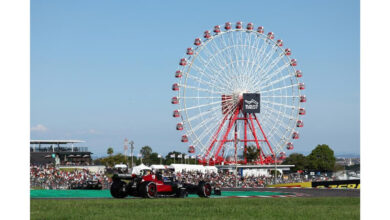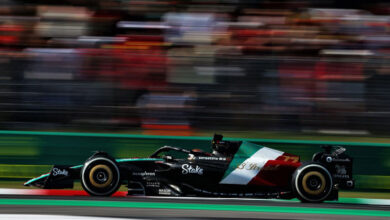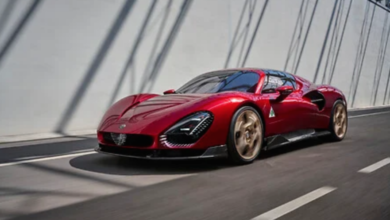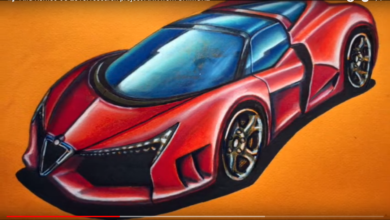The “Mito Alfa Romeo” exhibition is inaugurated at Technik Museum, Sinsheim.
The Technik Museum at Sinsheim (Germany) - which attracts more than a million visitors a year - is hosting a special exhibition with about 40 emblematic products from Alfa Romeo's history. Legendary racing cars, standard production vehicles, one-off prototypes and technical products, made available by private collectors and the Museo Storico Alfa Romeo - La Macchina del Tempo at Arese.

This afternoon will see the opening ceremony of “Mito Alfa Romeo”, a retrospective entirely dedicated to the Milan constructor’s history chosen by the Technik Museum at Sinsheim for the inauguration of a new exhibition hall of 3,000 square metres, a choice which confirms the passionate interest in northern Europe, and in Germany in particular, in Alfa Romeo’s “mechanical creations” and its amazing human, technological and racing heritage. The exhibition features about 40 products that emblematically represent the Italian brand, founded in 1910, which has become one of the most famous global expressions of Italian excellence. The items on show are from Museo Storico di Arese – La Macchina del Tempo and from private collections private and during the exhibition’s total run of 12 months some of them will be cyclically replaced with other pieces of inestimable historic worth.
When it opens, the exhibition will include an important selection of pieces from the collection of FCA Heritage – the Department that conserves and promotes the history of the FCA Group’s Italian brands – and from the Museo Storico Alfa Romeo: not only legendary racing cars, like the Alfa Romeo SE048SP or the Alfa Romeo 1900 C2, nicknamed the “Disco Volante” (“Flying Saucer”), but also magnificent examples of the finest Italian design, such as the Alfa Romeo 6C 2500 Super Sport with bodywork by Touring. They are accompanied by technical items such as a Formula 1 engine or the innovative Q4 all-wheel drive system adopted on the Alfa Romeo 156. Naturally, the whole exhibition hall tells the story of Alfa Romeo and illustrates its design, including the evolution of the logo over the brand’s first 109 years of history. There could be no better location for this amazing retrospective than the Technik Museum at Sinsheim: sited not far from Mannheim and opened in 1981, the museum is home to one of Europe’s largest collections of cars, aircraft and vehicles of all kinds, and attracts more than a million visitors every year.
Alfa Romeo 6C 2500 Super Sport (1947)
Born in 1939 together with the other versions of the 6C 2500, like its sisters the top-of-the-range Super Sport was to have its career suddenly interrupted by the outbreak of the Second World War, and to enjoy a second burst of fame in the immediate postwar years.
Until 1946, the Super Sport was only sold as a chassis, leaving customers to provide the bodywork, although there were “standard” versions produced by a few coachbuilders historically close to Alfa Romeo. However, when operations were restarted after the War, an official bodywork version designed and built by Touring appeared in the official price list. Although links to the late Thirties versions were still clear, the model’s design underwent continuous, constant evolution, and as the Fifties dawned the car’s look had been completely transformed. The quality level, on the other hand, was extremely high and unchanging throughout, with state-of-the-art workmanship and materials.
The car’s 2,500 cubic centimetre six cylinder engine turned out 105 HP (81 kW) with the aid of three carburettors.
Alfa Romeo 1900 C2 “Disco Volante” (1952)
In 1952, after withdrawing from Formula 1, Alfa Romeo considered various options for its future involvement in racing. Its head of development, Orazio Satta Puliga, and the design technicians investigated the potential of the Alfa Romeo 1900 with a view to using it as the basis for a racing car to compete in the Sport category, also in response to urging from Max Hoffman, the brand’s Californian importer, who was asking Alfa Romeo to come up with a barchetta suitable for racing in the US. They modified the engine, giving it an aluminium block and boosting its displacement to two litres. This increased the power to 116 kW (158 HP), giving a top speed of over 220 km/h. A tubular steel space frame was adopted, while the bodywork was built by Carrozzeria Touring in aluminium with Superlight structure. First to be built, in 1952, were three two-seater spiders with a curb weight of just 824 kilograms. Its futuristic style earned the model the nickname of “Disco volante”, or “Flying Saucer”.
The car on display is the only one of the chassis with coupé bodywork.
Alfa Romeo SE048 SP (1989) and V1035 engine (1990)
In 1989 Alfa Romeo prepared for its debt in the World Sportscar Championship with assistance from Abarth which, in conditions of the utmost secrecy, developed a prototype on the basis of the Group C regulations. The chassis was in carbon fibre and the bodywork in a composite of carbon fibre and Kevlar. Tests were performed with various engines, including a naturally aspirated V10 with displacement of 3.5 litres (code V1035), which Alfa Romeo had originally developed in 1986 for the Ligier Formula 1 team. The car was christened the SE048 SP – using Abarth’s normal code name system – but was never used in racing, since Alfa Romeo had cancelled its involvement in the World Sportscar Championship, partly due to lack of interest on the part of the FIA. In the meantime, the chassis was equipped with a V12 engine provided by Ferrari.
Alfa Romeo 156 Crosswagon Q4 traction system (2004)
In 2004 Alfa Romeo assigned the badge “Q4” to its permanent all-wheel drive system featuring variable power distribution via a Torsen central differential. The Q4 traction system was used in the Alfa Romeo 156 Crosswagon, a variant of the Sportwagon with an extra 6.5 centimetres of ground clearance. In this model, during normal operation the Q4 traction system delivered more power to the rear axle: during acceleration, up to 80% of torque was transferred to the rear wheels. One advantage of the Q4 system was its compatibility with electronic safety systems, including anti-slip regulation (ASR) and stability control (which the Alfa Romeo brand called VDC).
The “cross-section” model exhibited in Germany, driven by electric motors and with lights explaining how the mechanics work, was produced for the launch campaign.
Wind-tunnel model of Alfa Romeo 155 V6 TI (1992)
With the Alfa Romeo 155 V6 TI, the Italian brand successfully competed in the German Tourism Championship (DTM) and the subsequent ITC championship series of races in the Nineties. The car made its track debut in 1993, when Alfa Romeo won the DTM championship against strong German competition and driver Nicola Larini won the drivers’ title. The Alfa Romeo 155 V6 TI has a naturally aspirated V6 petrol engine with displacement of 2.5 litres, which in 1993 produced about 309 kW (420 HP). The model on display – which reproduces the car to scale 1:4 – was used in the wind tunnel for the aerodynamic tests.



